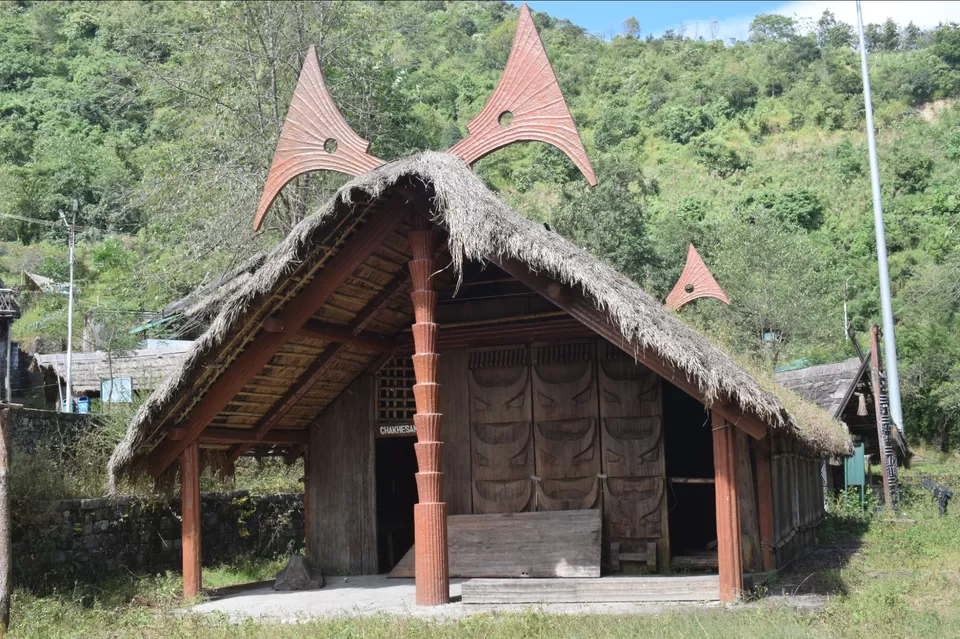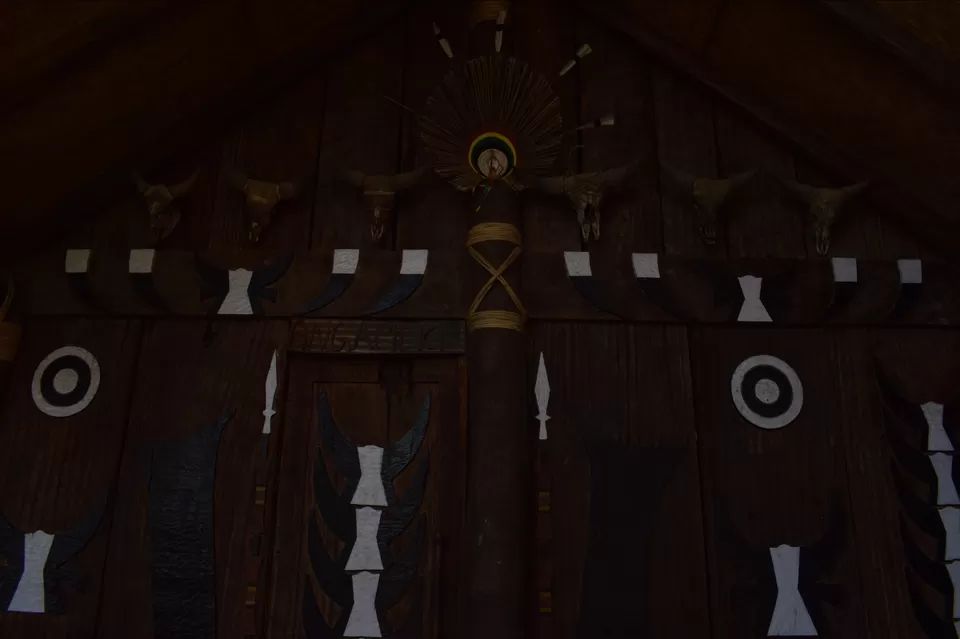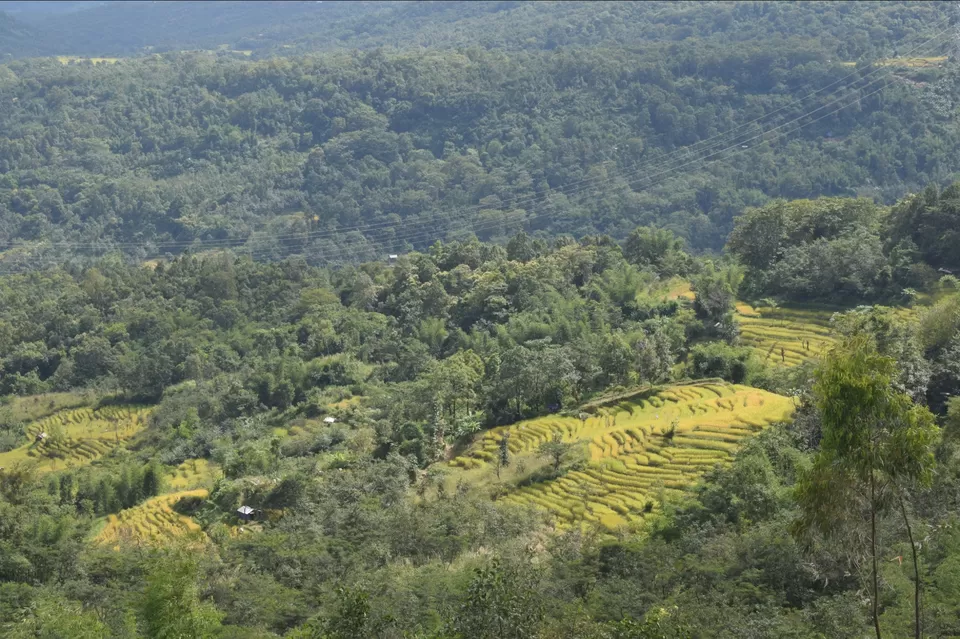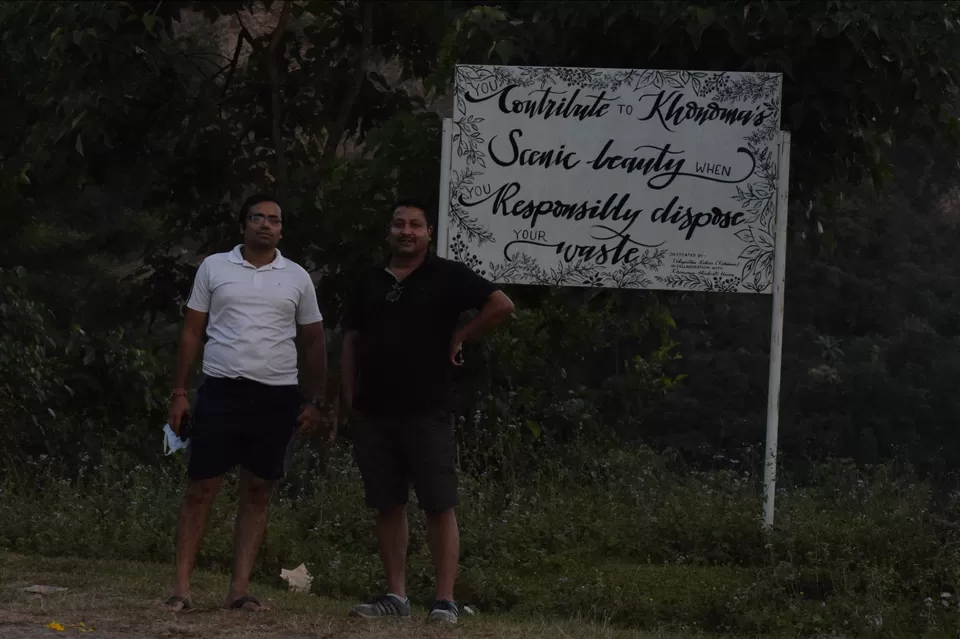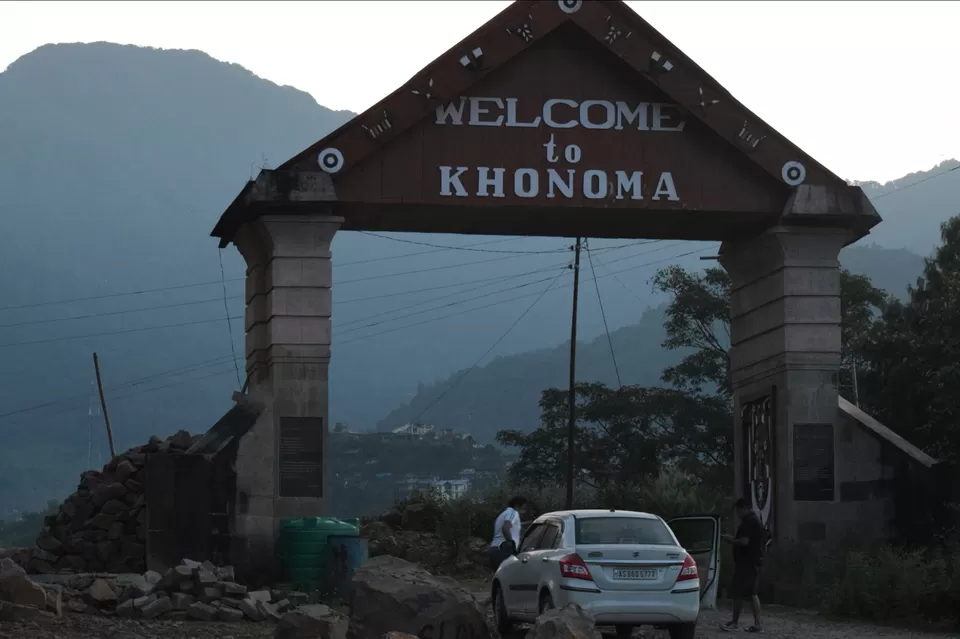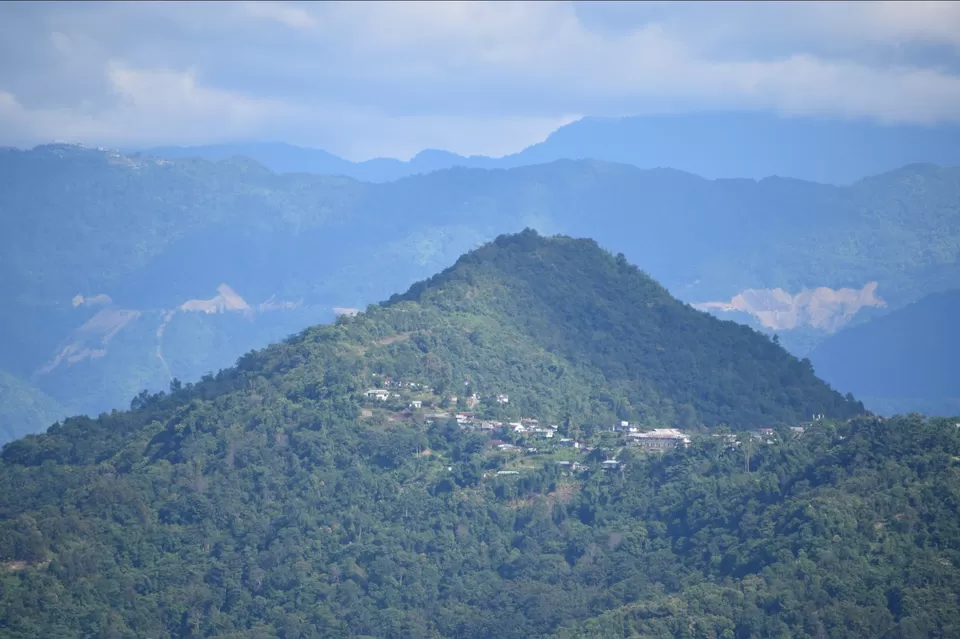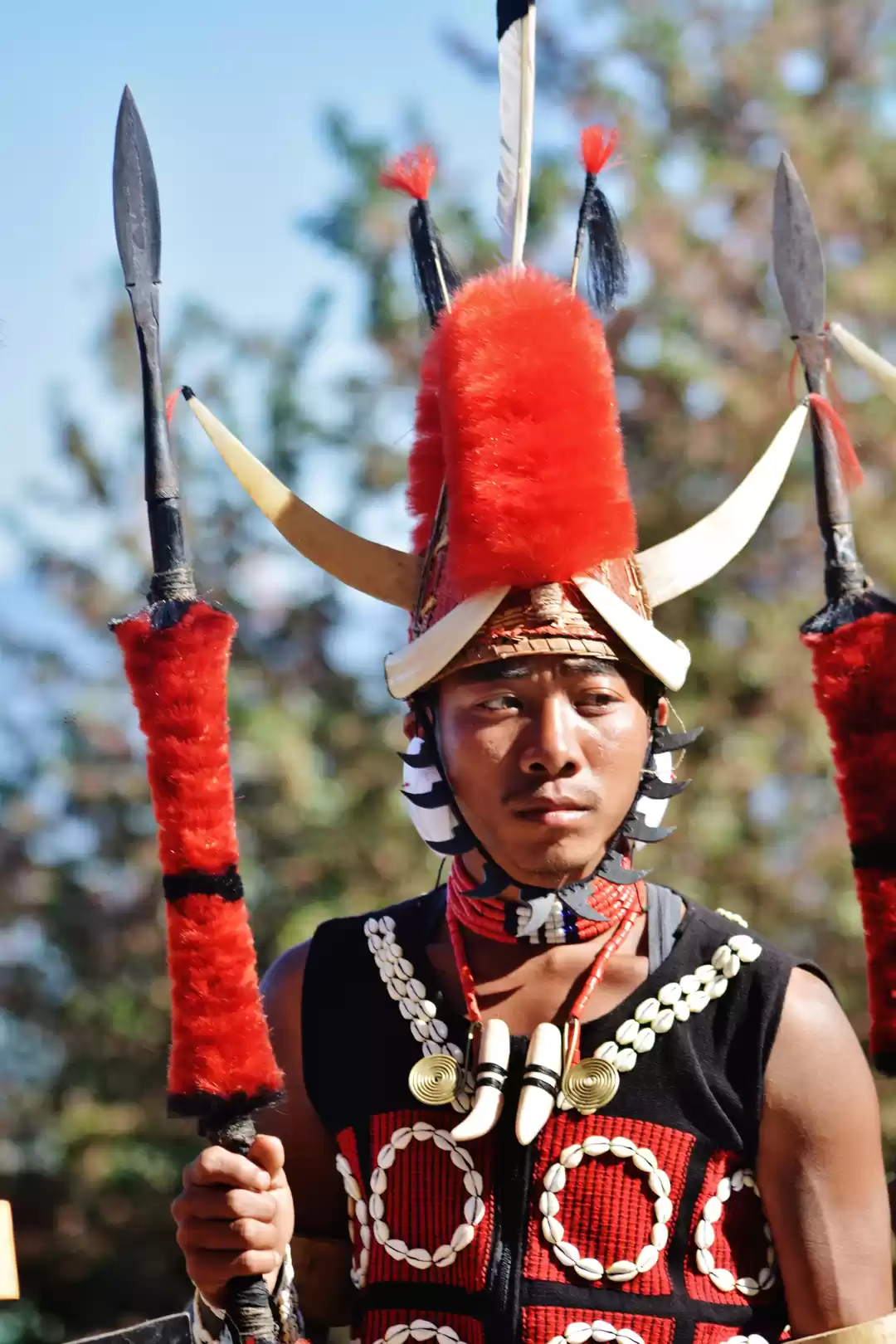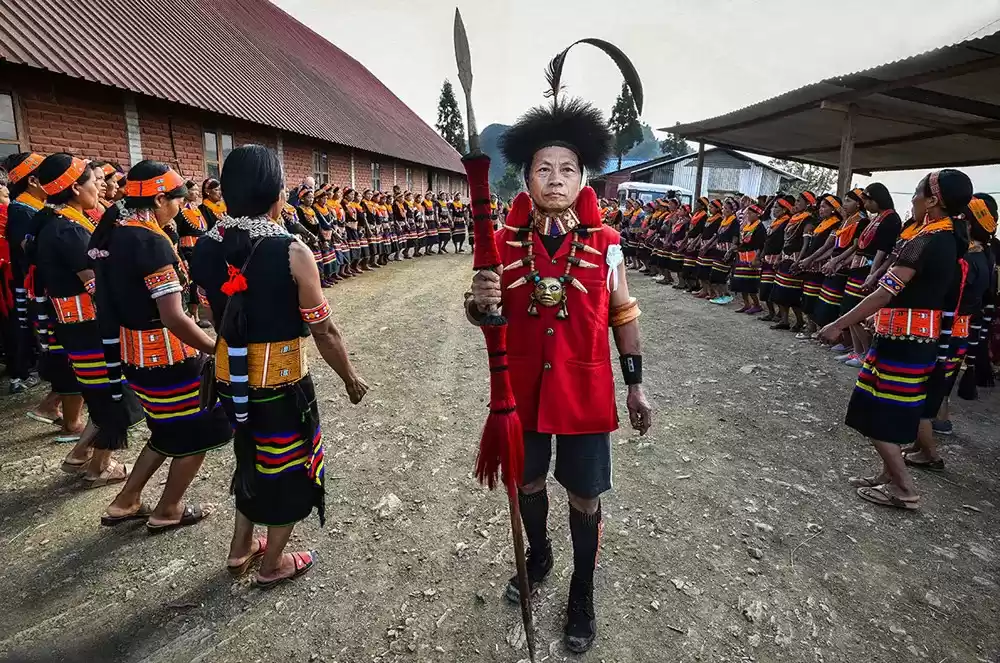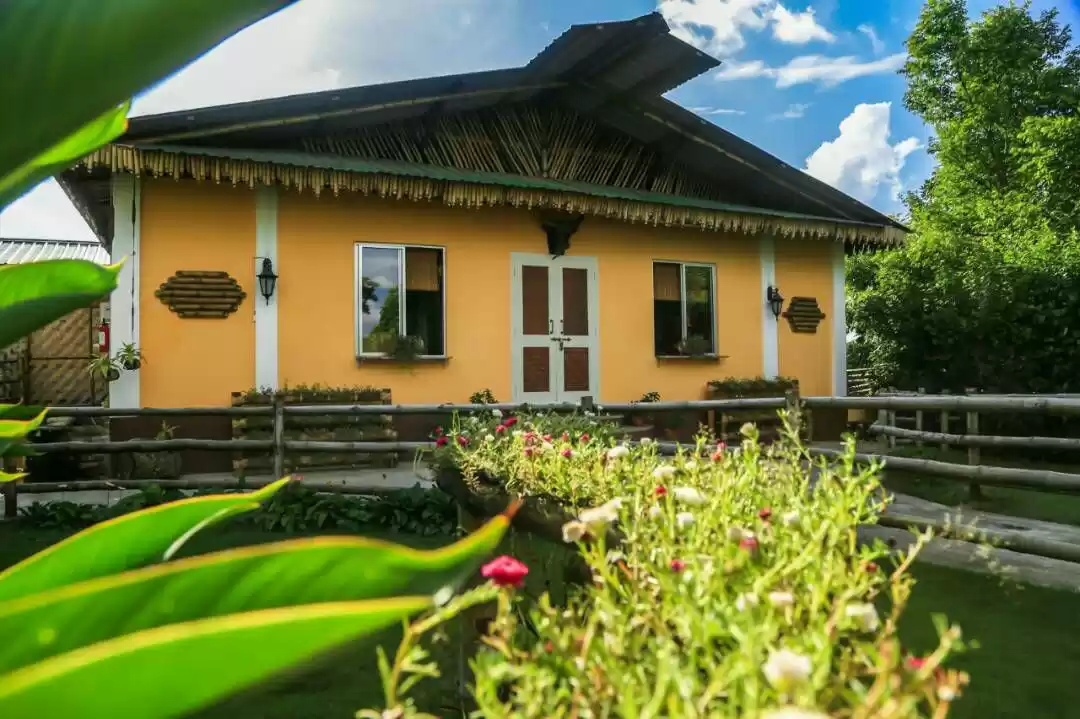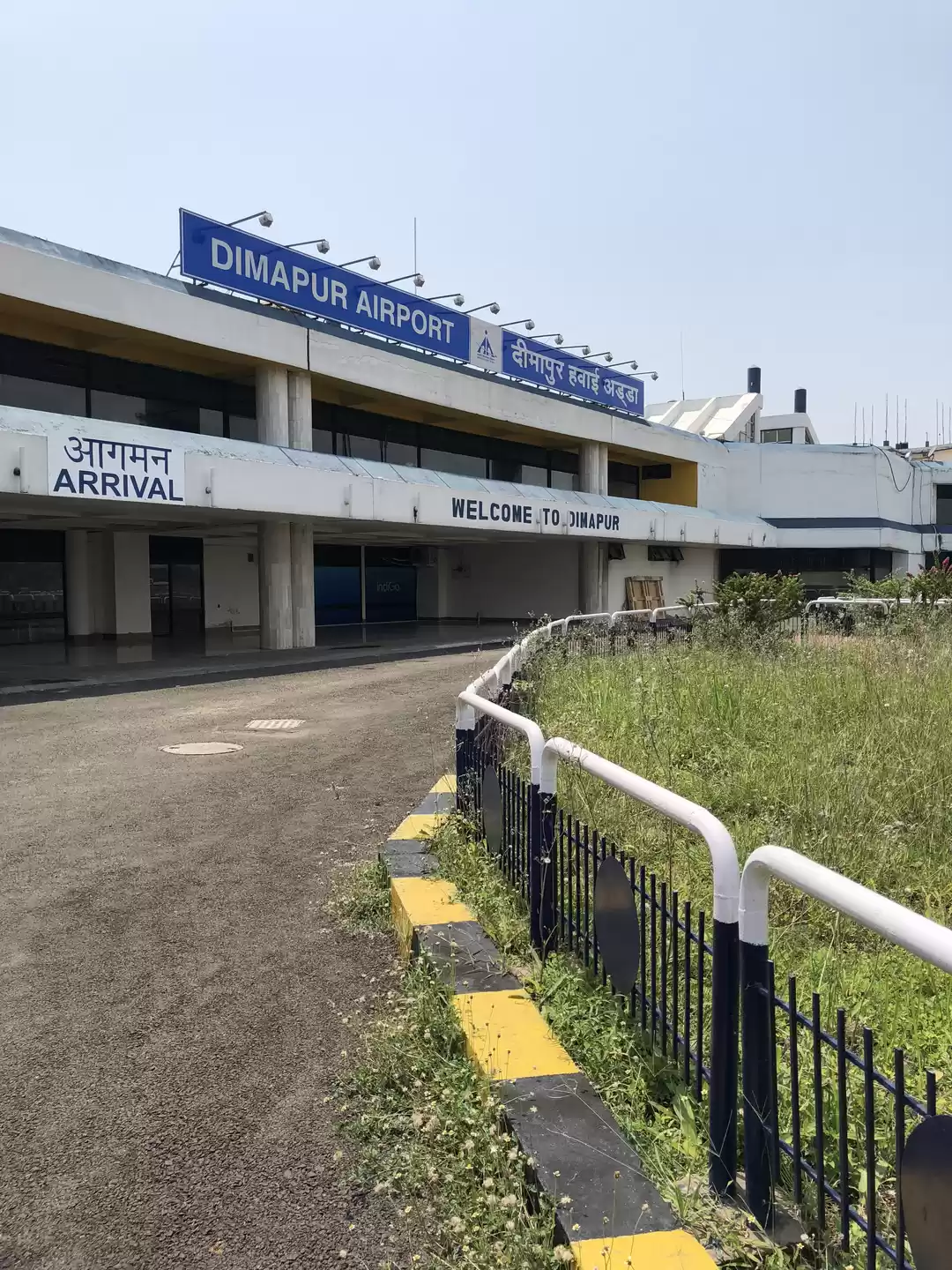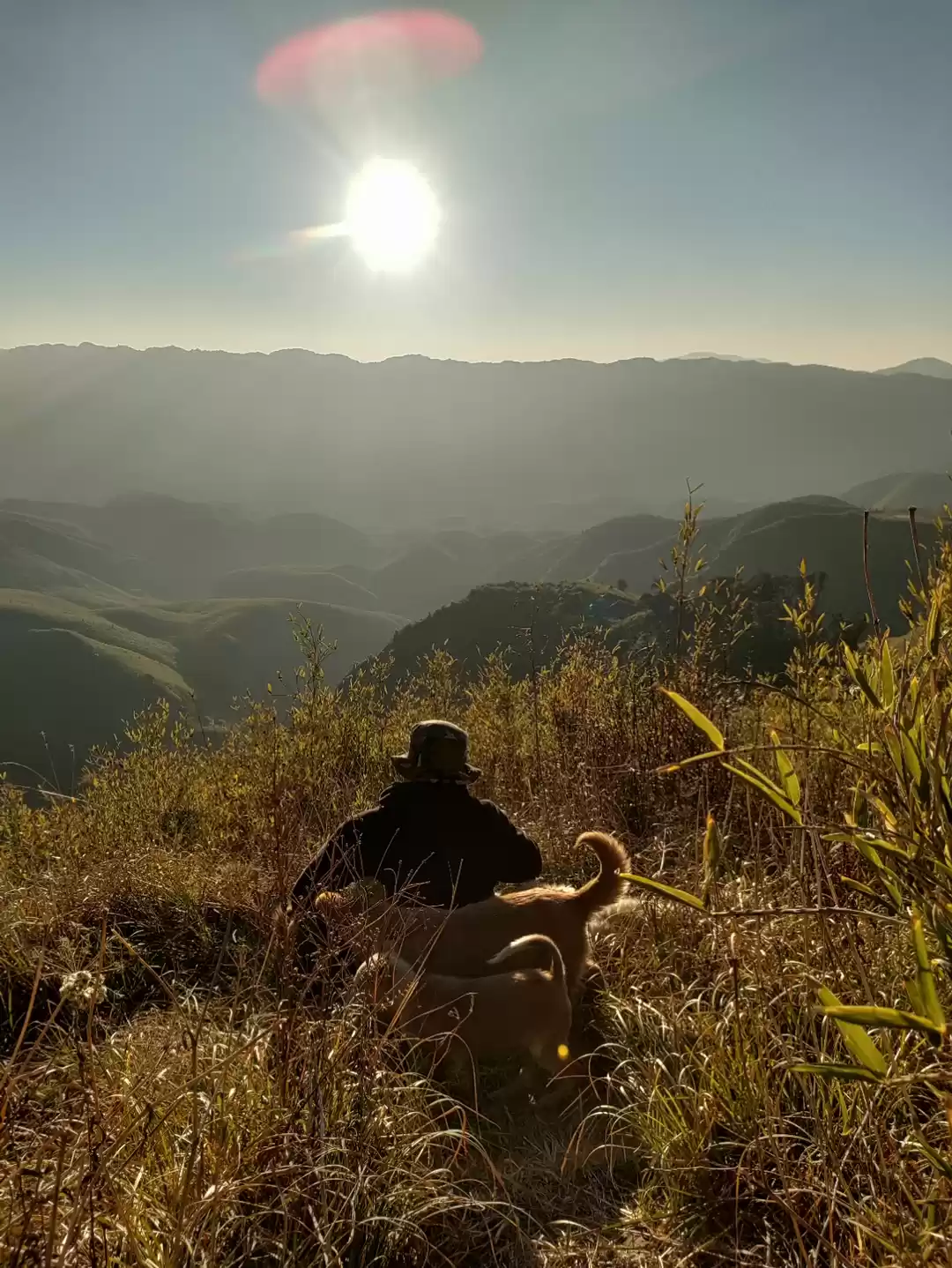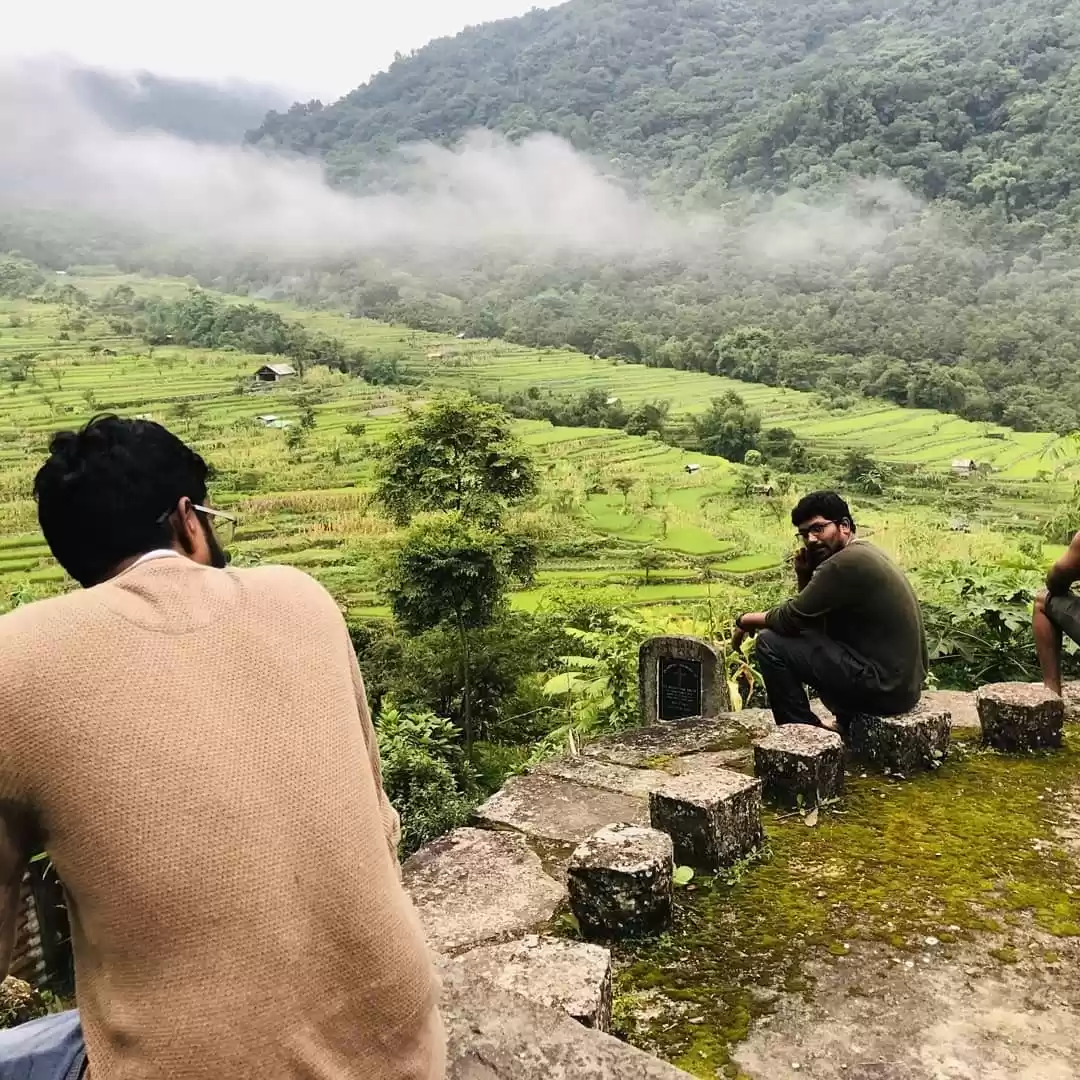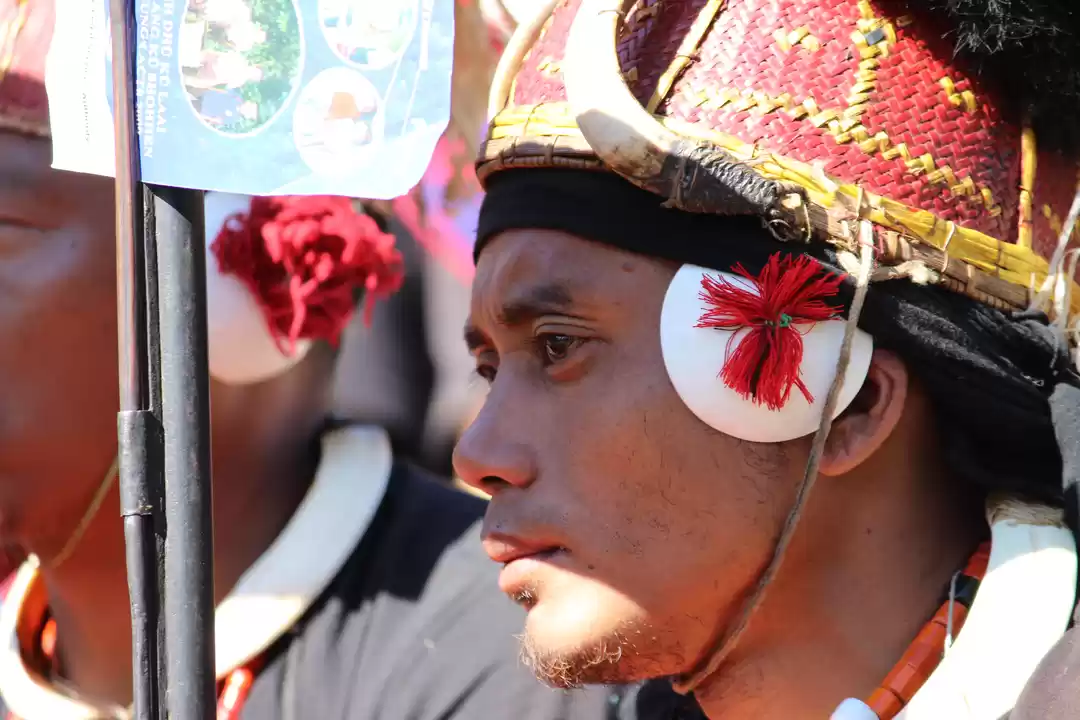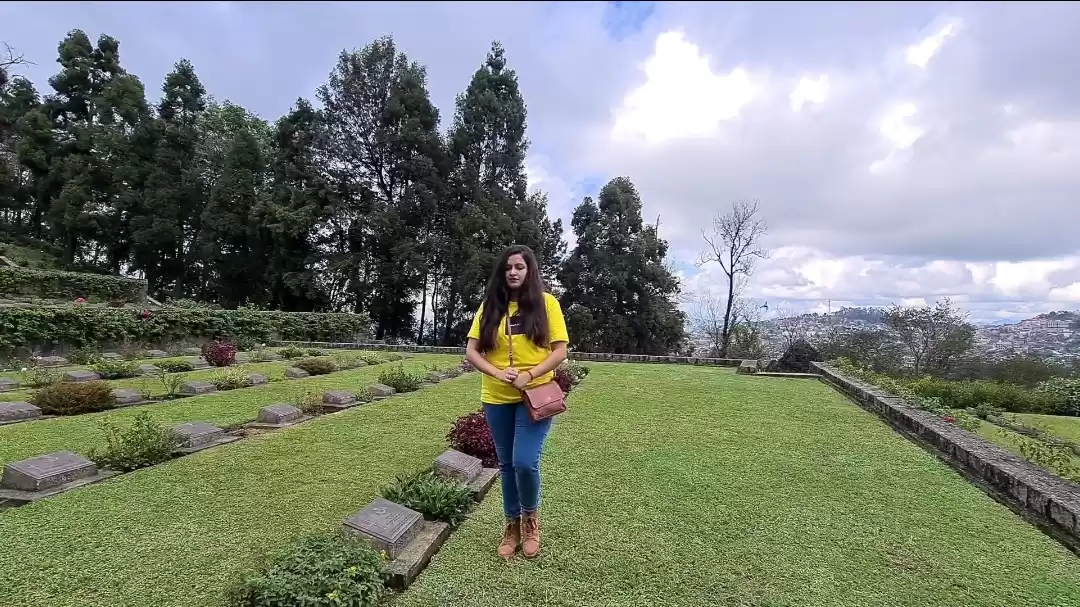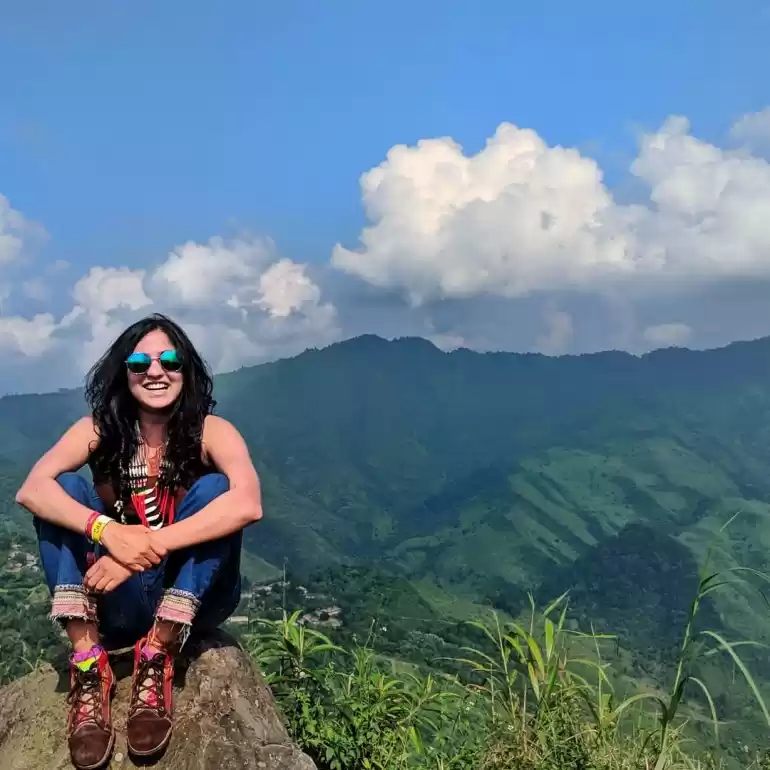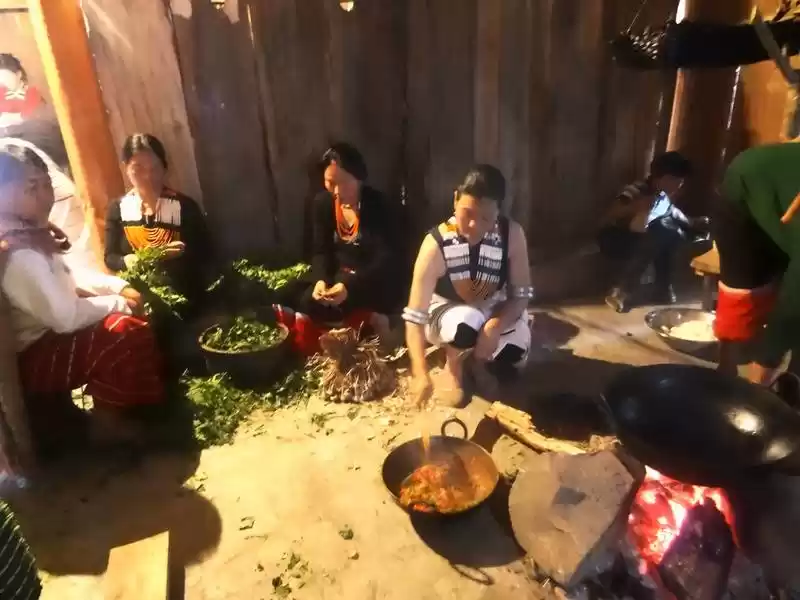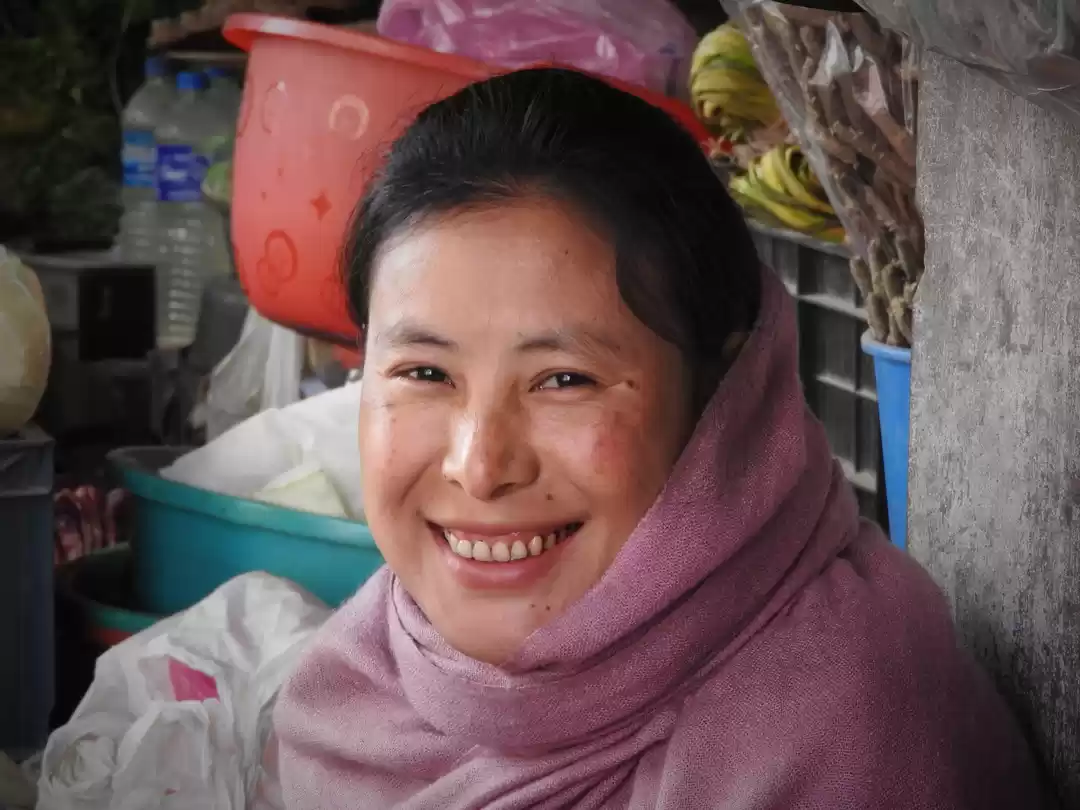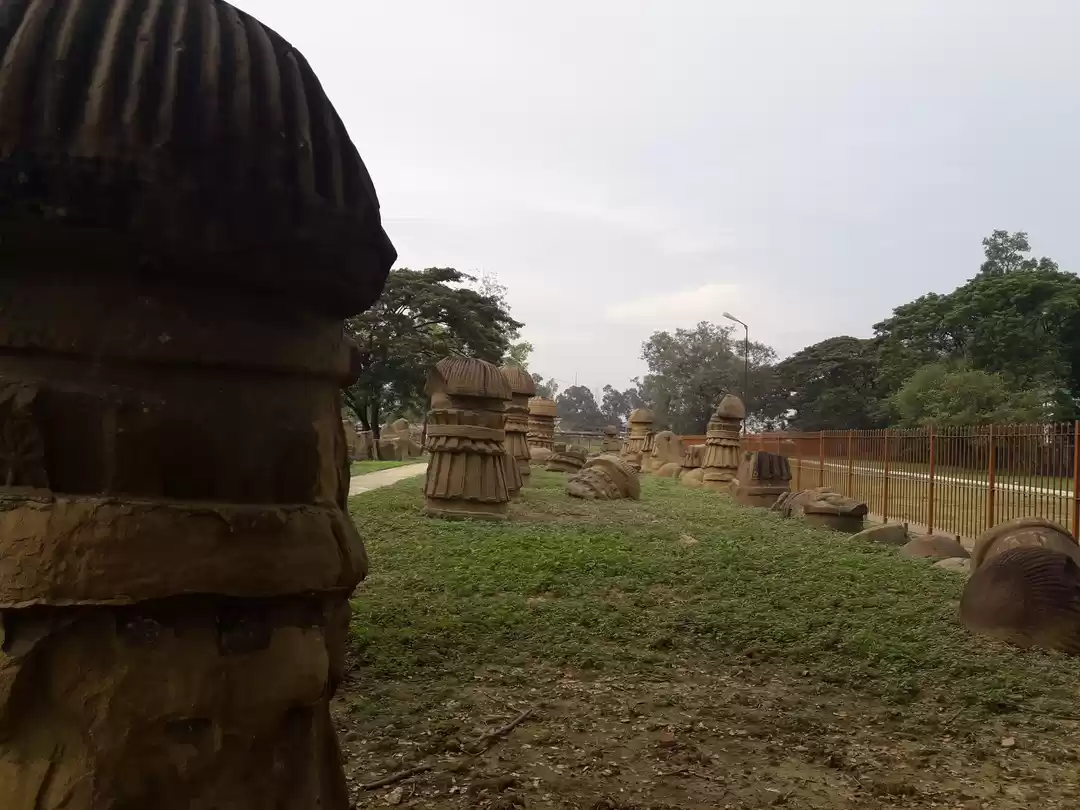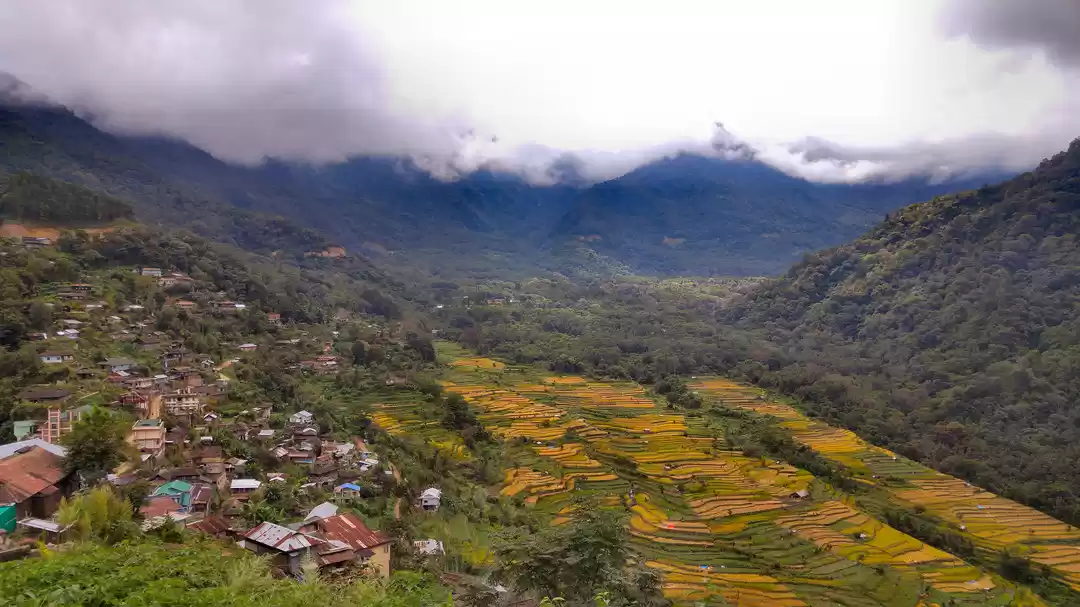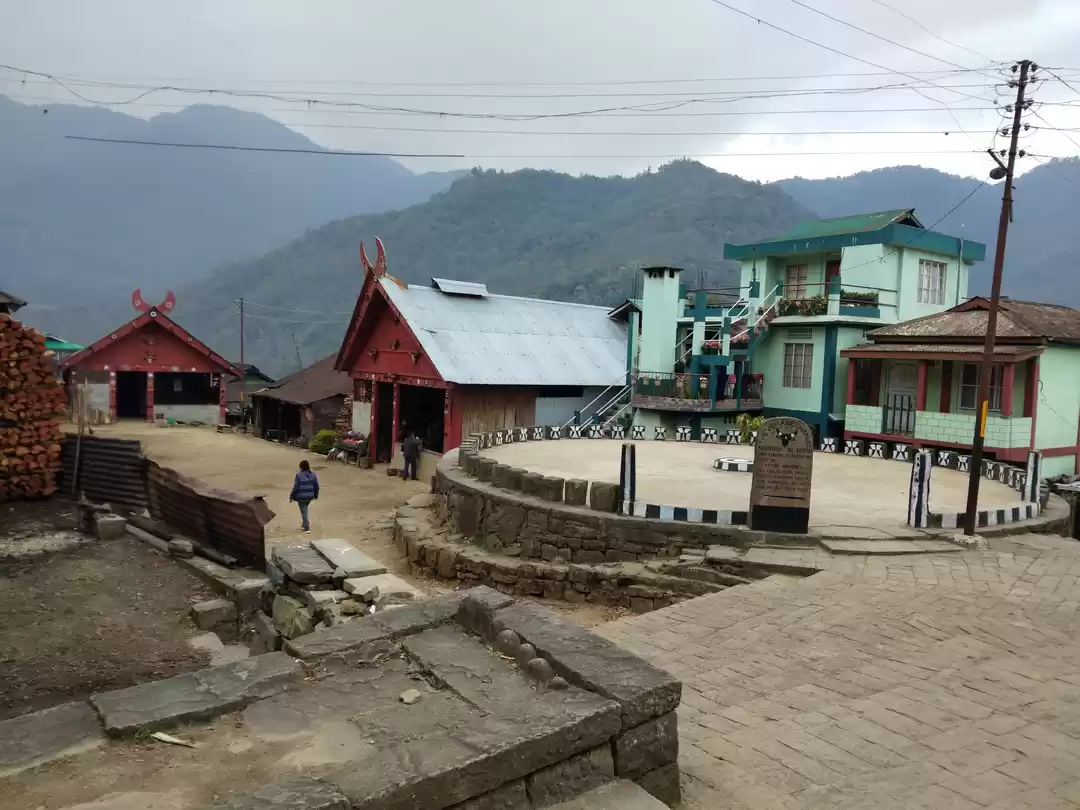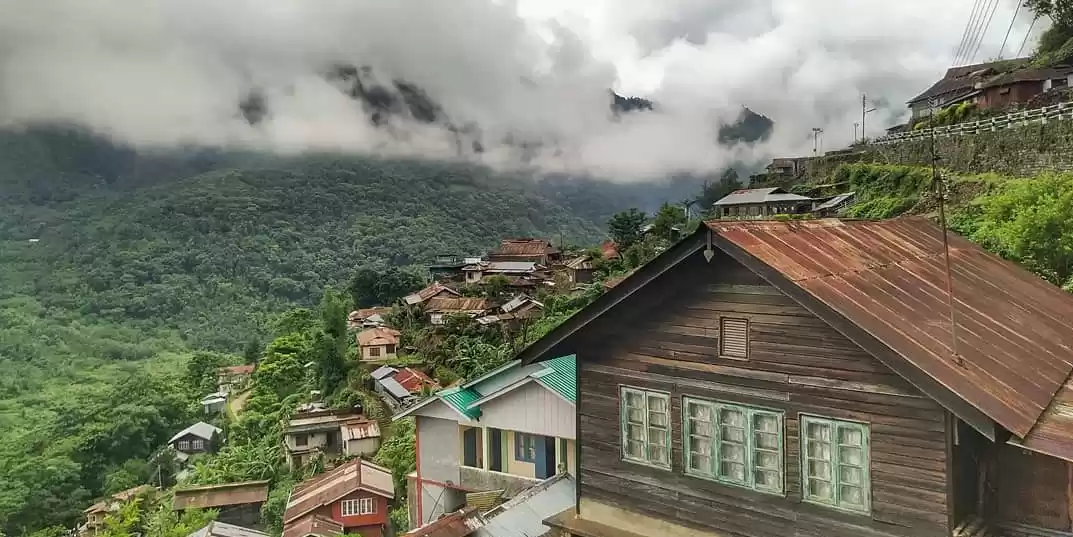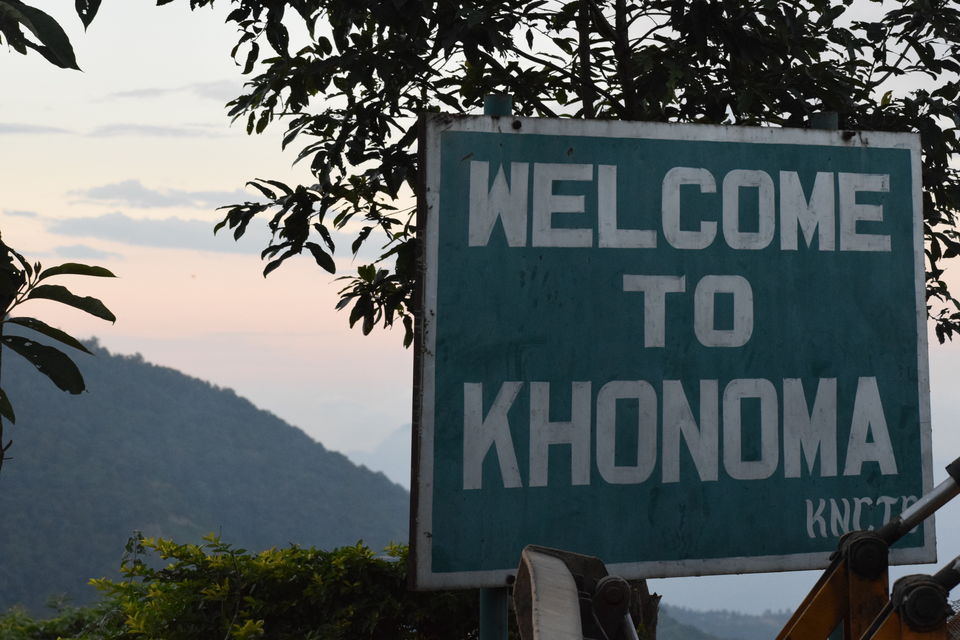
Nestled in the lush hills of Nagaland, Khonoma is a picturesque village that offers a delightful escape for nature enthusiasts, history buffs, and culture lovers. Known for its pristine landscapes, rich cultural heritage, and eco-friendly practices, Khonoma beckons travelers seeking an offbeat and immersive experience. In this article, we will explore the best time to visit Khonoma, how to reach the village, must-visit attractions, accommodation options, the local culture and cuisine, estimated trip costs, and nearby places of interest.
Why you should visit Khonoma:
Khonoma is famous for several reasons, making it a sought-after destination for travelers:
1. Conservation Efforts: Khonoma is renowned for its exemplary conservation practices. The village has been at the forefront of eco-friendly initiatives, including forest conservation, sustainable agriculture, and wildlife preservation. Khonoma's efforts have been recognized globally, and the village has received accolades for its commitment to preserving the environment.
2. Cultural Heritage: The village holds immense cultural significance as it is home to the Angami Naga tribe. The Angami people have a rich cultural heritage, and Khonoma offers visitors a chance to experience their traditional lifestyle, rituals, and customs. The village is known for its vibrant festivals, traditional dances, and handicrafts, providing a glimpse into the vibrant Naga culture.
3. Battle of Khonoma: Khonoma has historical significance as it was the site of a fierce battle between the British colonizers and the Angami Naga warriors in the late 19th century. The Angami people displayed great courage and resilience during the conflict, making the village an emblem of Naga resistance against colonial rule.
4. Breathtaking Natural Beauty: Situated amidst rolling hills and lush green landscapes, Khonoma offers breathtaking views and serene surroundings. The village is blessed with pristine forests, gushing waterfalls, and picturesque valleys. Trekking enthusiasts will find plenty of opportunities to explore the region's scenic trails, including the Khonoma Green Village and the nearby Japfu Peak.
5. Community-based Tourism: Khonoma has embraced community-based tourism, allowing visitors to have an immersive and authentic experience. The villagers actively participate in showcasing their culture, traditions, and way of life, offering homestay accommodations and organizing cultural events. This sustainable approach to tourism ensures that the benefits are shared with the local community, encouraging cultural exchange and supporting the local economy.
Overall, Khonoma's fame stems from its commitment to environmental conservation, its rich cultural heritage, historical significance, stunning natural beauty, and community-led tourism initiatives. It is a destination that offers a unique blend of cultural immersion, scenic landscapes, and a glimpse into the traditional Naga way of life.
Best Time to Visit Khonoma:
The best time to visit Khonoma is during the months of October to March when the weather is pleasant and ideal for outdoor activities. The monsoon season (June to September) brings heavy rainfall, making it less suitable for exploration. However, every season in Khonoma has its unique charm, so plan your trip based on personal preferences and activities you wish to engage in.
How to Reach Khonoma:
The nearest major town to Khonoma is Kohima, the capital city of Nagaland. Here's how you can reach Khonoma:
1. By Air: The closest airport is Dimapur Airport, which is well-connected to major cities in India. From Dimapur, you can hire a taxi or take a shared cab to reach Khonoma, a journey of approximately 3-4 hours.
2. By Road: Khonoma is around 20 kilometers from Kohima. Regular buses and taxis ply between Kohima and Khonoma. You can also hire a private taxi for a more comfortable and convenient journey.
What to Explore and Do in Khonoma:
1. Khonoma Nature Conservation and Tragopan Sanctuary: Embark on a nature trail through the Khonoma Nature Conservation and Tragopan Sanctuary, a community-led initiative to protect the region's biodiversity. Witness the captivating flora and fauna, including the rare Blyth's tragopan, a colorful bird species.
2. Dzuleke: Take a short excursion to Dzuleke, a nearby village known for its beautiful landscapes and community-based eco-tourism initiatives. Engage in activities like hiking, bird watching, and interacting with the friendly locals.
3. Cultural Immersion: Immerse yourself in the rich cultural heritage of Khonoma by visiting the Angami Naga Heritage Museum. Explore traditional Angami Naga houses, learn about the village's history, and witness traditional crafts and artifacts.
4. Trekking and Nature Walks: Khonoma offers numerous trekking trails that allow you to experience its stunning natural beauty up close. Trek to Khonoma Green Village, Khonoma Waterfall, or the nearby Japfu Peak for breathtaking views of the surrounding hills and valleys.
Where to Stay in Khonoma:
In Khonoma, you can experience the warm hospitality of the locals through homestay accommodations. Staying with a local family allows you to immerse yourself in the village's culture and way of life. Alternatively, Kohima offers a range of hotels and guesthouses for those preferring more conventional accommodation options.
People, Culture, and Cuisine of Khonoma:
The village of Khonoma is predominantly inhabited by the Angami Naga tribe. The people of Khonoma take great pride in their cultural heritage and have made significant efforts to preserve their traditions. Experience their warm hospitality, witness traditional dances, and explore the village's traditional crafts and weaving practices. Indulge in the delectable Naga cuisine, which often features dishes made with locally sourced ingredients and aromatic spices.
Estimated Trip Costs:
Here's a breakdown of the estimated trip costs for visiting Khonoma:
1. Accommodation: Homestays in Khonoma are the recommended option for an authentic experience. Prices range from $20 to $50 per night, depending on the type of accommodation and the facilities provided. In Kohima, hotels and guesthouses range from budget to mid-range options, with prices starting from $40 to $100 per night.
2. Food: The cost of food in Khonoma is relatively affordable. Local eateries and homestays offer delicious Naga cuisine at reasonable prices. Expect to spend around $10 to $20 per day on meals, depending on your dining preferences and choice of restaurants.
3. Transportation: Travel within Khonoma village can be done on foot as it is a small village. However, if you plan to explore nearby areas, hiring a taxi or a shared cab would be ideal. The cost of transportation can vary based on the distance and duration of your journeys. Budget around $30 to $50 for local transportation during your stay.
4. Activities and Entrance Fees: The village of Khonoma doesn't have any entrance fees, but if you plan to visit nearby attractions or participate in cultural activities, there may be nominal charges. Budget around $10 to $20 for such activities.
5. Miscellaneous Expenses: It's always wise to allocate some funds for unforeseen expenses and personal needs. Consider setting aside around $50 to $100 as a buffer for miscellaneous expenses such as souvenirs, local shopping, and any additional activities or experiences you may want to indulge in.
Nearby Places of Interest:
While visiting Khonoma, you can explore other attractions in Nagaland, including:
- Kohima: The capital city of Nagaland, known for its war memorial and the Kohima Cathedral.
- Japfu Peak: Located near Khonoma, it offers mesmerizing views of the surrounding valleys and is popular among trekkers.
- Dzükou Valley: A breathtaking valley known for its pristine beauty and vibrant flowers, it's a trekker's paradise.
Remember that the estimated trip costs provided are approximate and can vary based on individual preferences, travel arrangements, and the duration of your stay. It's advisable to plan your budget accordingly and account for any additional expenses you may incur during the trip.
